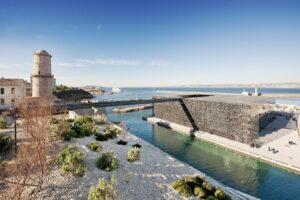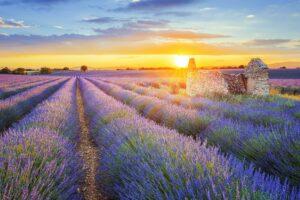Fodor's Expert Review Parc Naturel Régional de Camargue
As you drive the few roads that crisscross the Camargue, you'll usually be within the boundaries of the Parc Naturel Régional de Camargue. Unlike most state and national parks in the United States, this area is supervised by the state but privately owned, primarily by the manadiers, small-scale ranchers who graze their wide-horned bulls and broad-bellied, white-dappled horses here and are helped by the gardians—French cowboys who ride through the marshlands wearing leather pants and wide-rimmed black hats and wielding long cattle prods.
Some posit that the Camargue's curved-horned taureaux (bulls) were imported by Attila the Hun; others, that they are descended from ancient, indigenous wild animals. Regardless, they bear the noble marks of their ancestors. The strong, heavy-tailed Camargue horse has been traced to the Paleolithic period (though some claim the Moors imported an Arab strain) and is prized for its endurance and tough hooves.
The gardians are... READ MORE
As you drive the few roads that crisscross the Camargue, you'll usually be within the boundaries of the Parc Naturel Régional de Camargue. Unlike most state and national parks in the United States, this area is supervised by the state but privately owned, primarily by the manadiers, small-scale ranchers who graze their wide-horned bulls and broad-bellied, white-dappled horses here and are helped by the gardians—French cowboys who ride through the marshlands wearing leather pants and wide-rimmed black hats and wielding long cattle prods.
Some posit that the Camargue's curved-horned taureaux (bulls) were imported by Attila the Hun; others, that they are descended from ancient, indigenous wild animals. Regardless, they bear the noble marks of their ancestors. The strong, heavy-tailed Camargue horse has been traced to the Paleolithic period (though some claim the Moors imported an Arab strain) and is prized for its endurance and tough hooves.
The gardians are as fascinating as the animals they herd. Their homes—tiny, whitewashed, cane-thatched huts with the north end raked and curved apselike as protection from the vicious mistral—dot the countryside. The signature wrought-iron crosses at the gable invoke holy protection and serve as lightning rods.
READ LESS





